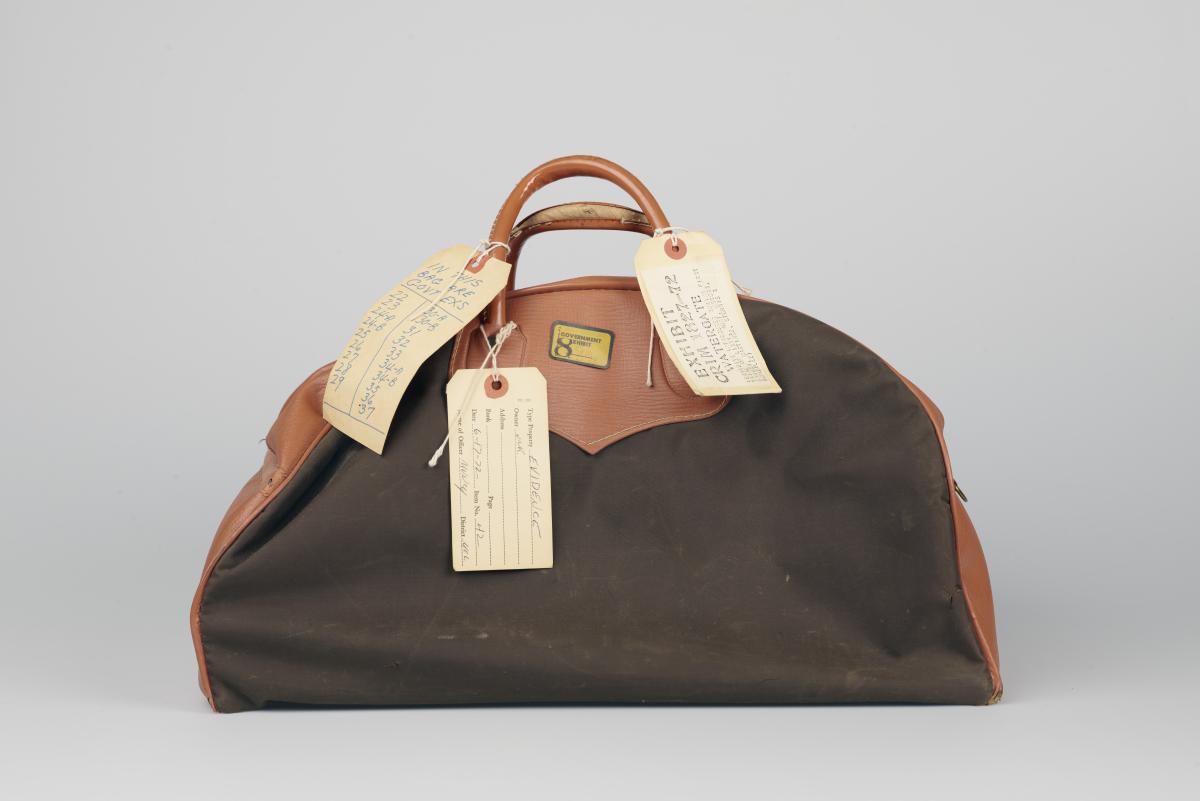
Watergate Trial Records Digitized Ahead of Scandal’s 50th Anniversary
By Victoria Macchi | National Archives News
WASHINGTON, June 17, 2022 — For the first time since the Watergate scandal broke nearly 50 years ago, the paper records, exhibits, and artifacts from the United States v. G. Gordon Liddy trial are digitized and available to view in the National Archives Catalog.
A new website serves as a portal to browse the newly digitized records as the country marks the 50th anniversary of the break-in on June 17, 1972, an event that rocked the U.S. political landscape and led to the resignation of President Richard Nixon.
Among the records are images of screwdrivers, lockpicks, business cards, surgical gloves, a room key for the Watergate, and the now-infamous ChapStick microphone.
“Our staff worked diligently in recent months to expand access to these records,” said Amber Forrester, communications coordinator for the agency’s Research Services office. “We wanted to ensure some of our highest-profile documents are easily viewable by any researchers or interested members of the public through the National Archives Catalog.”
Prior to the digitization project, the trial records were open in full and available for viewing in person at the National Archives at College Park. The artifacts were not easily accessible, however.
Making the new images of the holdings also posed logistical issues.
“Artifact photography can present unique challenges, which require on-set problem-solving to find the best way to position and photograph an individual item,” said Digital Imaging Specialist Jennifer Seitz, who was responsible for photographing the Liddy trial exhibits.
To that end, the Liddy trial exhibits were photographed using a high-resolution studio setup at the National Archives at College Park.
“In this case, some handling and condition issues limited the possibility to get the clearest or most visually appealing images—items bound tightly by string, objects with plastic coverings, or the presence of exhibit tags,” Seitz explained. “We attempted to get the best images possible while leaving the original condition undisturbed. In most cases, multiple views of each artifact were captured in order to provide our researchers with the most complete view possible when viewing the item in the Catalog."
In addition to the newly digitized records, more research and documents related to the Watergate scandal are available through the Richard M. Nixon Presidential Library and Museum.
An overview of the Records of the Watergate Special Prosecution Force is also available.
